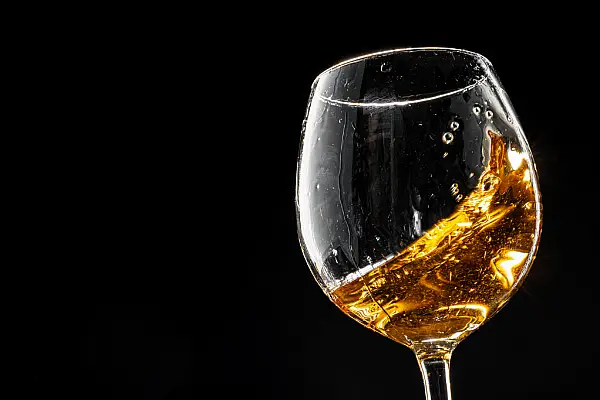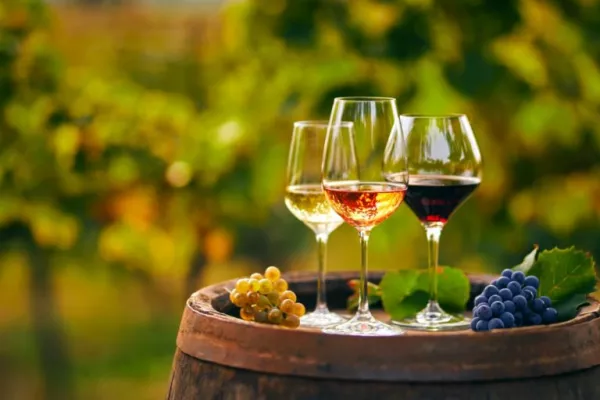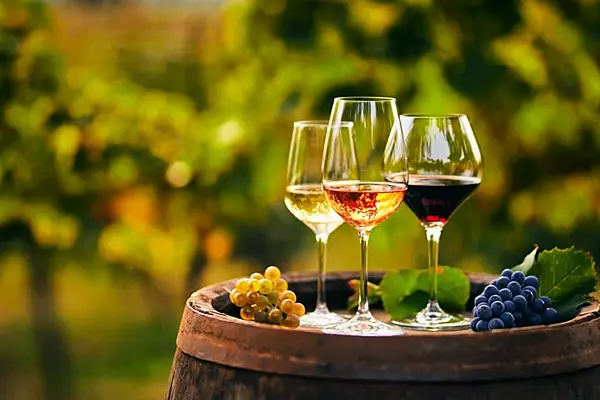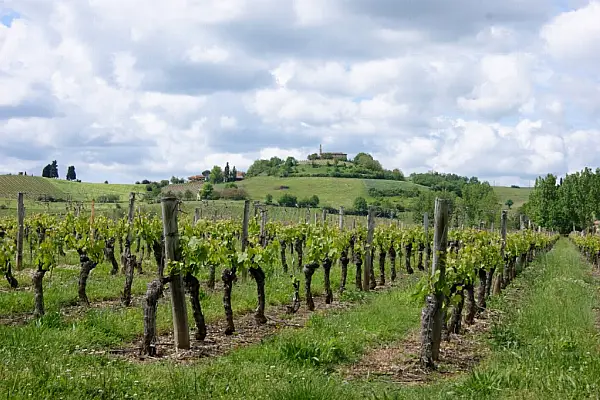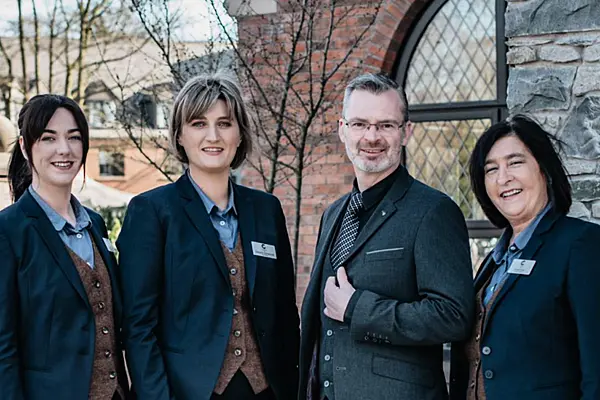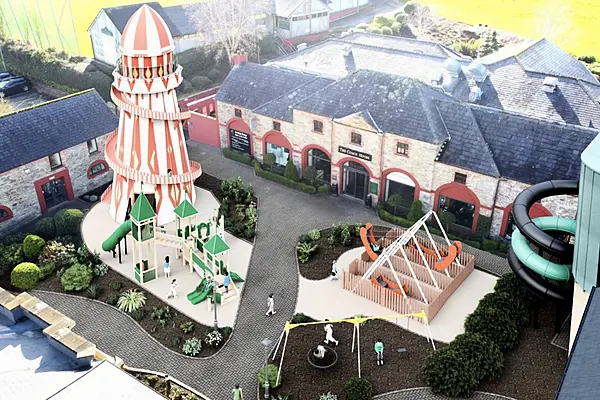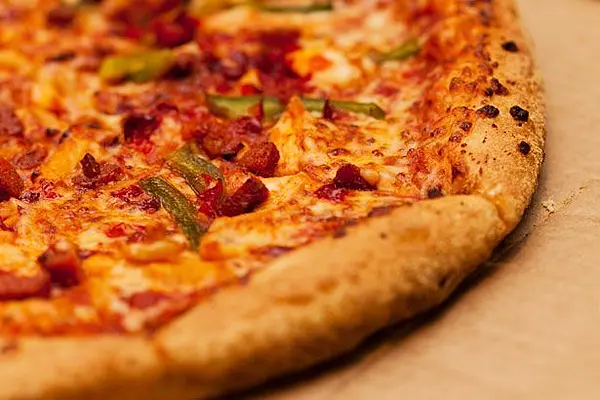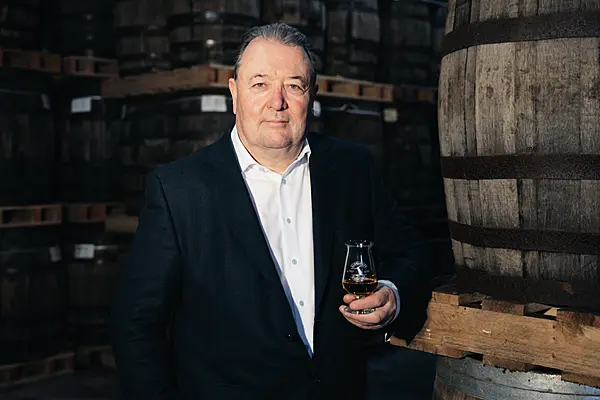Last week I was sipping the latest vintage of cult Italian red Ornellaia in a light-filled downtown loft with bearded winemaker Axel Heinz. He gives a name to each year’s cuvée - the 2014 is L’Essenza, the essence - and when this ripe, chocolatey cabernet and merlot blend makes its debut a couple of months from now at a golden price tag of $240 a bottle, it will sell out to collectors.
But over a lunch of rich, slow-braised beef, we also savored the winery’s 2014 Le Serre Nuove, a silky, polished red that echoes Ornellaia’s plummy taste in a lighter style. “It’s our second wine,” Heinz said as he swirled his glass and inhaled deeply, “but that doesn’t mean it’s a second-rate version of Ornellaia.” At $70, it doesn’t come with the same fancy artwork on the label or the same hit to the wallet.
Like Heinz, winemakers at the world’s most famous estates frequently create one (or more) also-rans in addition to their expensive grands vins. And for savvy wine buyers, these insider labels often offer super quality at a fraction of the big name’s eye-popping price tag. That’s especially true in great vintages. Second wines are usually ready to enjoy sooner, with no need for 10 or more years of ageing (Ornellaia even has a third label, Le Volte, which sells for $30).
This is an especially good era for hunting down second wines. A decade ago it was hard to find them, and only a few were worth paying attention to.
The tradition started in Bordeaux in the 17th century, but until 20 or so years ago, many second wines simply turned up in supermarkets. They became a way of life for chateaux only when prices started to skyrocket and winemakers looked for ways to bolster quality. The idea is simple: select only the best grapes for the main wine, and create a second label wine for those not quite up to standard.
No magic fairy dust can make every grape perfect in every vintage, and as the late Paul Pontallier of first-growth Château Margaux once told me, “Buyers of Margaux expect perfection every year.” In some vintages in Bordeaux, a mere 30 per cent of a château’s coddled grapes go into the first wine.
Still, the rest aren’t just leftovers. During harvest, grapes from each plot in the vineyard are kept separate, and workers first sort out unripe or damaged ones. Top estates have identified which vineyard plots have produced the most concentrated grapes in the past; these go into the grand vin. Plots with a different soil type may be planted to a different grape clone whose flavours might not fit in with the grand vin blend. Younger vines produce wines that are lighter and less complex, so grapes from these will go into the second wine, as for Le Serre Nuove.
At blending time, winemakers taste each barrel, eliminating any that aren’t top quality. Fluids that are less powerful and tannic, or aren’t the right style, will go into the second wine. Margaux frequently diverts more merlot into its second wine, Pavillon Rouge. And second wines are aged a shorter time in oak barrels, to preserve more fruitiness and a softer, earlier drinking profile.
The New World has embraced the second-wine trend. Dozens of top wineries in Napa and Sonoma, such as Harlan Estate, Opus One, and Screaming Eagle, offer second wines that sell for half to two-thirds less than their premiere bottles - and these have become more easily attainable. Opus One used to sell its multi-vintage Overture blend quietly, only at the winery, but it’s now in wine shops.
Others bottle a line of second wines under a sister label, and it pays to know about the elite connection. International winemaking star Paul Hobbs has CrossBarn; Vanessa Wong of Peay Vineyards on the Sonoma Coast makes budget-friendly pinot, chardonnay, and syrah under the Cep label.
But looking for second wines and labels is just one strategy for finding affordable wines from the world’s best winemakers.
In southern Tuscany, powerful, often overpriced vino serioso Brunello di Montalcino is the big-deal red that grabs wine collectors. Its baby brother is Rosso di Montalcino, a second-tier classification that started in 1984. Sangiovese grapes from the same vineyards go into a winery’s Rosso, but Brunellos are aged much longer in barrels before being released. Even in highly rated vintages, 30 per cent to 50 per cent of the crop still goes into lip-smacking Rossos. And they’re ready to drink now.
First isn’t always best.
2013 Alvaro Palacios Camins de Priorat ($23)
Alvaro Palacios, one of Spain’s greatest winemakers, rules the region of Priorat. His fabulous L’Ermita sells for $1,000 a bottle. This ripe, juicy, entry-level red has both the Palacios touch and Priorat character in a simpler, easier-to-drink-now package.
2013 Bartolo Mascarello Dolcetto d’Alba ($27)
Known for its great traditional Barolo, this winery in Piedmont also makes a killer red from the dolcetto grape with lavender scents and bright spice and cherry fruit.
2014 Pombal do Vesuvio ($28)
The Symington family, noted for its vintage ports as well as dry reds, makes this smooth, velvety, charming second wine at Quinta do Vesuvio in Portugal’s Douro Valley. The blend contains the same grapes as the first wine but in different proportions.
2012 Château d’Issaan Blason d’Issan ($28)
This lush, sexy, plush textured wine has the same luxurious fruit and lovely scents as the Château d’Issan cuvée but is less concentrated and dense and is half the price.
2013 Crossbarn Sonoma Coast Pinot Noir ($35)
Paul Hobbs makes this second-label pinot down the road from his home winery. This drinks well above its price point, with surprising richness, texture, and subtlety.
2012 Biondi Santi Rosso di Montalcino ($65)
This is the historic estate that practically invented Brunello di Montalcino, and its top wine goes for $550. This bright red has juicy red berry and mineral flavours and the scent of violets.
2013 Dominus Estate Napanook ($70)
This impressive, complex red with lavender and cassis scents shines in this excellent vintage. First wine Dominus is $300. Christian Moueix of Pomerol fame owns this estate.
2014 Le Serre Nuove dell’Ornellaia ($70)
Intense and lush, with spicy flavors of dried cherry, licorice, and leather, this merlot-based blend has less cabernet franc and petit verdot than the flagship wine.
2013 Spottswoode Lyndenhurst Cabernet Sauvignon ($80)
Bright, balanced, and wonderfully fruity, this wine sells for less than half the price of Spottswoode’s regular cabernet. Most of the grapes come from its estate’s organic vineyards.
2012 Pavillon Rouge du Château Margaux ($130)
This is a taste of first-growth finesse for one-third the price. It’s fragrant and elegant, in the style of the grand vin but with more merlot in the blend.
News by Bloomberg, edited by Hospitality Ireland

